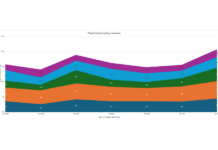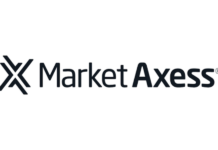By Chris Hall.
The end of quantitative easing has been long signposted by central banks, but there are still sufficient sources of uncertainty to keep fixed-income investors on their toes over the next 12-18 months.
In Wednesday afternoon’s investment track at the Fixed Income Leaders’ Summit, heads of fixed income strategy from major European and global investment houses suggested the pace of change to a new post-quantitative easing (QE) investment paradigm could be gradual, if not necessarily smooth. They did, however, outline a wealth of opportunities to pick up yield, sometimes in the less-travelled reaches of the fixed-income universe.
Thanos Papasavvas, founder and CIO of ABP Invest, asserted that central banks in general and the European Central Bank (ECB) in particular would continue to go to great lengths to ensure they did not surprise market participants.
“Policy makers will be very careful. We should not worry about them undermining growth or earnings,” he said.
Panellists agreed that interest rate increases would be introduced only slowly in Europe – and with plenty of prior warning – citing not only recent ECB policy but also moderately positive GDP growth prospects. Bas Fransen, director of capital markets at Grupo Caja de Ingenieros, supported this view, also pointing out the historic tendency of investors to over-anticipate interest rate rises.
He also noted the greater recent challenges for European fixed-income investors in achieving yield in a low-interest rate environment versus those holding US$-denominated assets, due partly to hedging and repo costs.
“What do you do if you’re worried about negative Bund yields? There are few options for adding a little higher yield for not much more risk,” he said.
Richard Kelly, head of global strategy at TD Securities, implied that some investors’ future concerns may be over-done, saying there was currently “too much fear in the credit space” over the passing of QE, but he admitted that there remained scope for uncertainty and surprise.
“The elephant in the room is that the ECB has not defined its reinvestment profile,” he said. “In some cases, investors need to get more comfortable with slightly more duration. Right now, we’re in a slightly upside-down world where the short-end of the market can be the most dangerous place to be.”
Whilst certain investors had successfully used derivatives to add yield to their fixed-income portfolios, others had ventured away from rates and credit to loans in search of greater returns.
Thierry de Vergnes, head of acquisition debt funds at Amundi Asset Management, said that worries about liquidity in the debt space were overblown, due its recent fast pace of growth.
“Progress is being made on settlement,” he said. “The global market is large enough now. Lots of investors are coming to this asset class.”
TD Securities’ Kelly suggested the overall outlook for Europe’s fixed-income landscape would be relatively benign so long as the ECB followed its explicit policy of being guided by economic data in regard to the timing and speed of exit from QE.
But both he and fellow panelist Liakos Papapoulos, senior investment manager, treasury, MN Asset Management, added one significant caveat. “What will the ECB have left in the policy briefcase in the event of a recession? Not much!”
©Markets Media Europe 2025




















